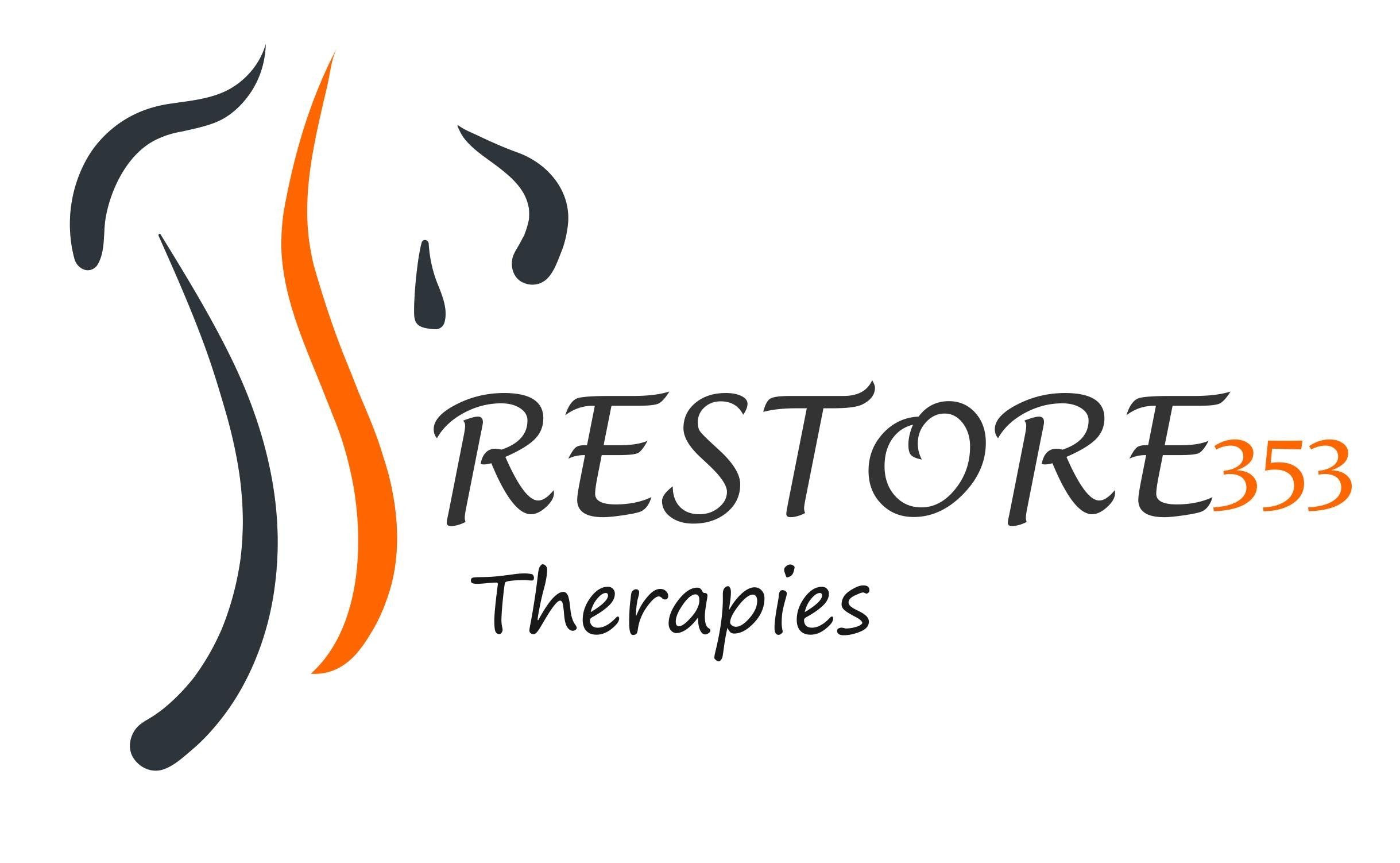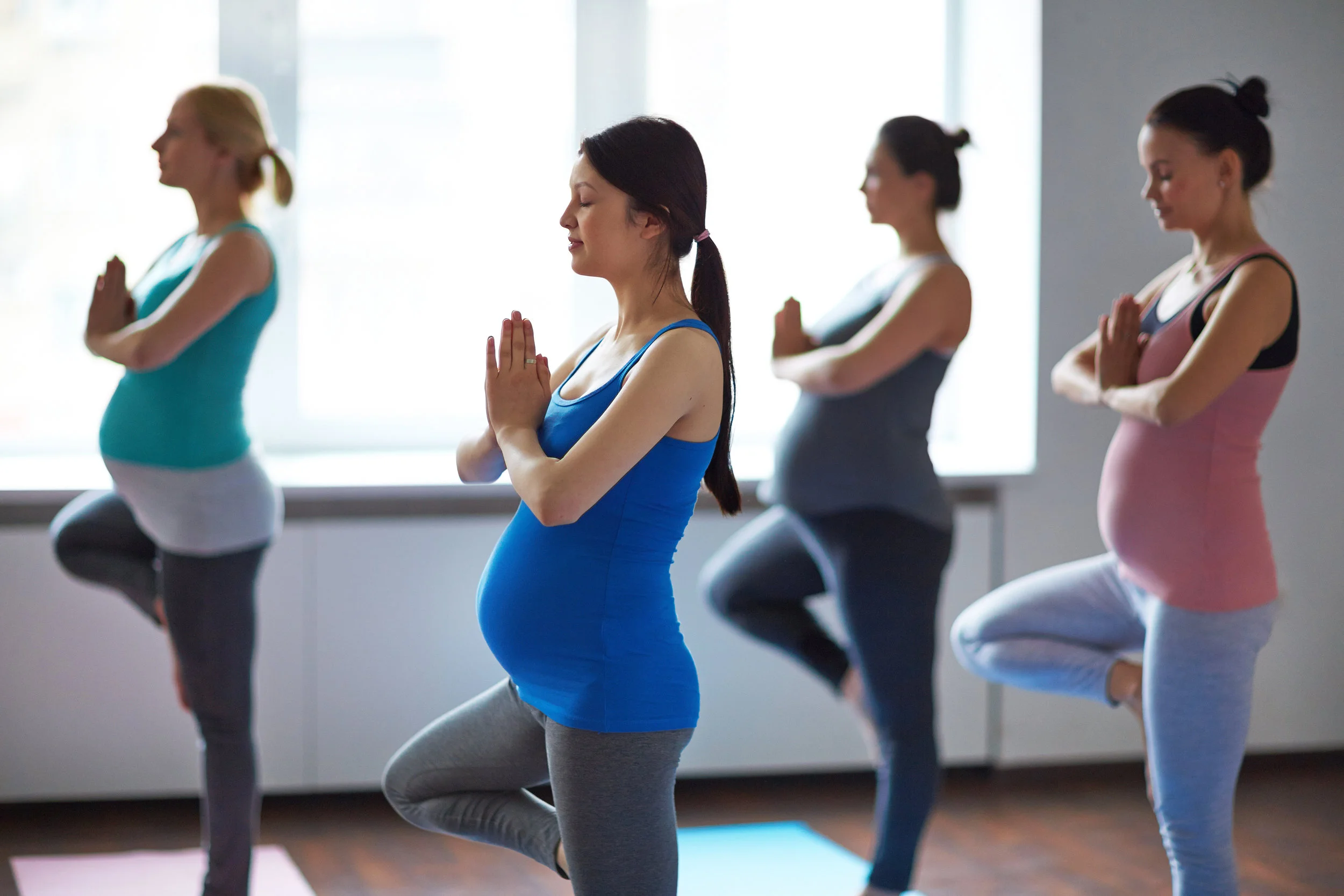FREQUENTLY ASKED QUESTIONS: PRE & POST-NATAL CARE
What are the benefits of exercise during pregnancy?
- Improved posture and appearance
- Relief of back pain
- Stronger muscles in preparation for labor and support for loosened joints
- Improved circulation
- Increased flexibility
- Increased/maintained aerobic endurance
- Increased energy level and less fatigue
- Decreased muscle tension that promotes relaxation
Pre & Post-Natal Incontinence
Women often complain of leakage when coughing, laughing and jumping post pregnancy. This is due to weakened pelvic floor muscles. These muscles need to be conditioned just as any other muscle in the body. Please see below a combination of exercises that train both the pelvic floor and the core muscles, help to stabilize the pelvis, can help strengthen the pelvic floor, alleviating the symptoms:
- Kegels
- Pelvic Tilts
- Articulating Bridges
- Seated on a physioball - pelvic rocking, pelvic clocks, balancing exercises such as alternating knee lift
- Quadruped-knee hover
- Standing squats using physioball against the wall
Benefits of Postpartum Exercises
- Aids in the rehabilitation of the pelvic floor
- Strengthens the abdominal and spinal muscles
- Provides an avenue for the body to regain strength and energy
- Aids in recovery from rectus diastasis (abdominal muscle separation)
- Provides training for proper mechanics required for baby care
- Retrains the muscles to recover from the changes experienced during pregnancy
Shoulder Pain:
Women often complain of shoulder pain that can extend down into the ribs post pregnancy. This is a result of carrying the baby and breast feeding (and from also carrying the baby to term).
Postural exercises that are helpful:
Chest opening - lying on the floor with arms open the sides- can be done with the spine elevated off the floor to intensify the stretch
Arm circles - focusing on proper glenohumeral rhythm of the shoulder
Rotator Cuff - internal and external rotation using a theraband
Bicep Curls
Anterior and Lateral deltoid raises
Shoulder press
Quadruped-Serratus pumps - working the scapula (a body weighted version of scapula shrugs)
Seated stretching for the ribcage including lateral and rotation movement

